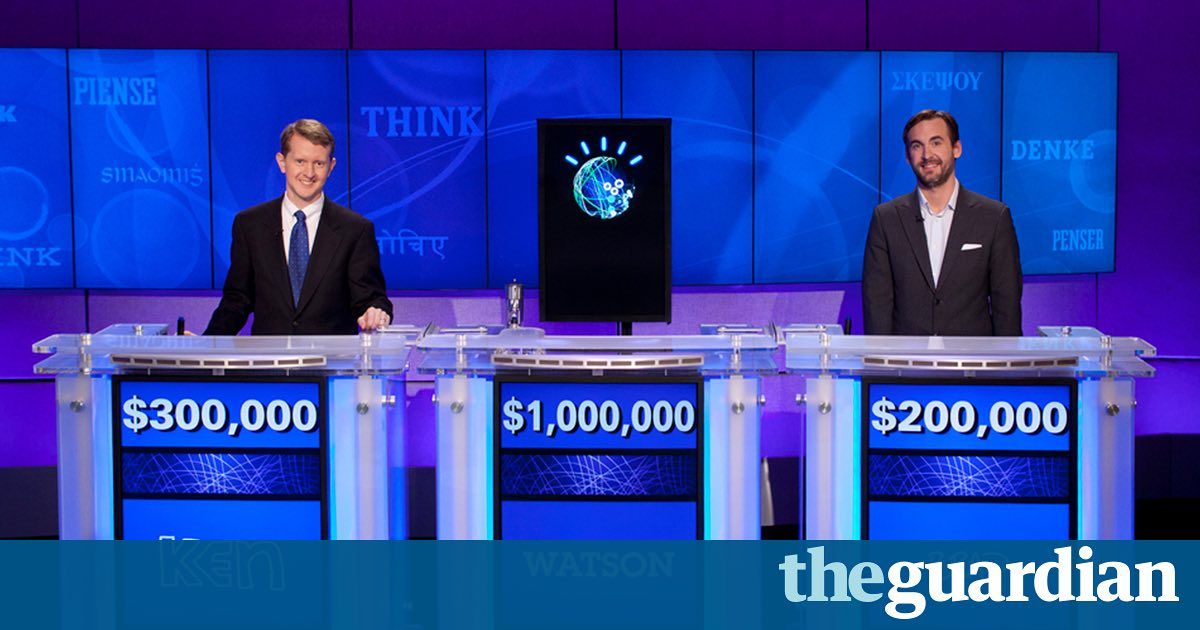Jan 10, 2017
Capturing the Intelligence of the Crowd: How to Create Your Own Super AI
Posted by Shane Hinshaw in categories: finance, robotics/AI
https://youtube.com/watch?v=AkLs9nVHv28
In Brief
- Numerai is making a collective artificial intelligence in order to make stock market predictions.
- So far, their data scientists have submitted over 12 billion equity price predictions in less than a year
There’s a new way to make stock market predictions. One company, Numerai, is synthesizing machine intelligence to command the capital of an American hedge fund.
Continue reading “Capturing the Intelligence of the Crowd: How to Create Your Own Super AI” »


 But the transaction units will continue to grow as needed, because the pie is divisible into very, very tiny units:
But the transaction units will continue to grow as needed, because the pie is divisible into very, very tiny units:














